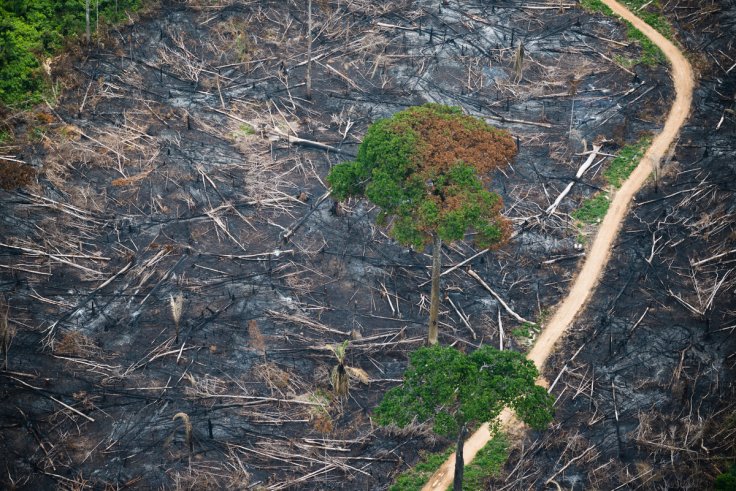A huge spike in the number of trees felled and removed from European forests has been recorded. Satellite images point to the stark amount of forest area that has been harvested. From every year between 2016 and 2018, as many as 49 percent more trees have been felled in the region compared with the period between 2011 and 2015.
The satellite data was analyzed by Grégory Duveiller and the team at the European Commission Joint Research Centre in Italy. The data measured the magnitudes of both forest cover and area of trees cut from 2004 to 2018 across 26 EU countries.

Global Forest Change database released the satellite imagery that includes all vegetation more than five meters in height, according to a paper published in Nature.
Estimates Combined
By combining these estimates from the satellite data of forest biomass, researchers quantified the amount of wood harvested. This showed them both forest and non-forest data, said Duveiller. "You don't see how tall the [harvested] trees are," he added.
Researchers have estimated that the yearly levels of harvested forest biomass between 2016 and 2018 were 69 percent higher compared to the preceding five years.
More spike in tree felling was particularly observed in Sweden and Finland, accounting for more than 50 percent of the total observed increase in harvested area.
Historically, such countries have more number of forestry-related industries. They also have reached harvest maturity in many areas of forest used for fuel production, according to Duveiller.
Difficult to Conclude

Experts say that the surge in harvesting was due to the increasing demand for wood-based products. But Duveiller says that it was difficult to prove a causal connection as there were several factors that drive the changes observed.
He also disregarded jumping to direct conclusions on the tree fellings' implications on greenhouse gases "right now," because forests in Europe were expanding, Duveiller said.
Right now, he said, it would be difficult to quantify the rate of forest growth to zero down on whether it compensates for the losses from harvesting.
Amid climate change narratives, if such harvesting continued at similar rates, researchers suggest that more emissions reductions were needed in many areas to compensate for the carbon losses from forests, in order to achieve climate neutrality by 2050.








